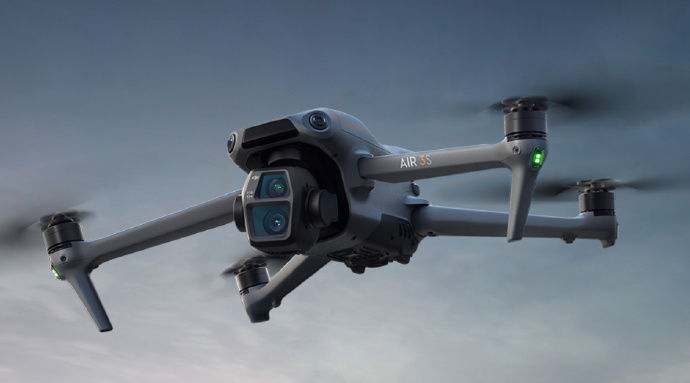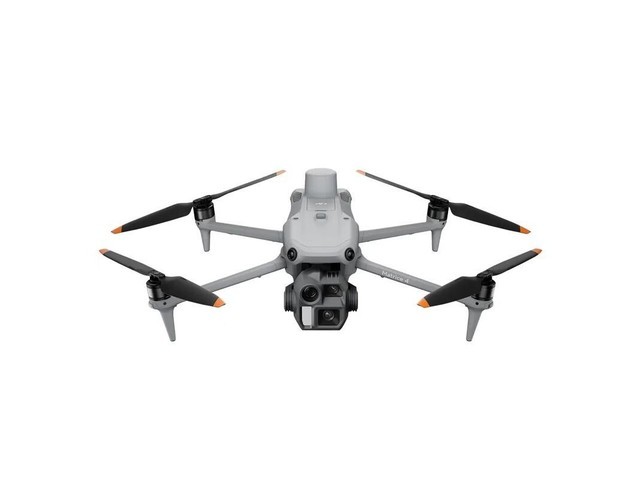In recent years, the integration of drone technology within military strategies has changed warfare dynamics significantly. The utilization of unmanned aerial vehicles (UAVs) or drones in military operations has ushered in a new era of precision and efficiency, allowing for enhanced surveillance, reconnaissance, and targeted strikes. As one explores the future of drone innovations within military strategies, it is essential to understand the evolution and impact of drones on modern warfare. Drone Military applications have evolved from basic reconnaissance missions to complex operations capable of executing autonomous actions. The ability of drones to gather intelligence over enemy territories without risking human life has revolutionized surveillance, making it indispensable in military strategies. Moreover, drones equipped with advanced imaging and sensor technologies offer superior data collection capabilities, transforming the way military intelligence is gathered.
One of the key advancements in drone military strategies is the use of stealth technology. Cutting-edge stealth drones can avoid detection by radar systems, enabling secret missions that were previously impossible. The reduction in radar cross-section, achieved through innovative design and materials, ensures that drones can infiltrate enemy airspace without being noticed. This capability is a game-changer, allowing for operations such as covert strikes and rescue missions in hostile territories.
Furthermore, the rise of swarm technology has further enhanced the military applications of drones. A swarm involves multiple drones operating in conjunction, coordinated by advanced algorithms that enable them to execute complex tasks collectively. Swarm technology offers a tactical advantage by overwhelming enemy defenses, executing multiple simultaneous attacks, or performing strategic reconnaissance missions. The autonomy and AI integration in swarm tech ensure adaptable and resilient operations under various scenarios.
The ethical implications surrounding drone military use are also noteworthy. Conversations around accountability and the legality of autonomous weapon systems are ongoing. As drones become more advanced, discussions on international regulations and ethical use guidelines are crucial to ensure compliance with humanitarian principles.
Another aspect of drone innovation in military strategies is logistics and supply chain management. Drones can deliver supplies to remote locations with minimal risk, which is instrumental during humanitarian missions or in combat zones with difficult access. This capability extends operational reach and efficiency, offering rapid response solutions to dynamic field conditions.
The future
 of drone military technologies promises further innovations, with AI and machine learning leading the charge towards smarter autonomous systems. With the potential for greater threat recognition, precision targeting, and autonomous decision-making, drones continue to reshape military capabilities and strategies.
of drone military technologies promises further innovations, with AI and machine learning leading the charge towards smarter autonomous systems. With the potential for greater threat recognition, precision targeting, and autonomous decision-making, drones continue to reshape military capabilities and strategies.
One of the key advancements in drone military strategies is the use of stealth technology. Cutting-edge stealth drones can avoid detection by radar systems, enabling secret missions that were previously impossible. The reduction in radar cross-section, achieved through innovative design and materials, ensures that drones can infiltrate enemy airspace without being noticed. This capability is a game-changer, allowing for operations such as covert strikes and rescue missions in hostile territories.
Furthermore, the rise of swarm technology has further enhanced the military applications of drones. A swarm involves multiple drones operating in conjunction, coordinated by advanced algorithms that enable them to execute complex tasks collectively. Swarm technology offers a tactical advantage by overwhelming enemy defenses, executing multiple simultaneous attacks, or performing strategic reconnaissance missions. The autonomy and AI integration in swarm tech ensure adaptable and resilient operations under various scenarios.
The ethical implications surrounding drone military use are also noteworthy. Conversations around accountability and the legality of autonomous weapon systems are ongoing. As drones become more advanced, discussions on international regulations and ethical use guidelines are crucial to ensure compliance with humanitarian principles.
Another aspect of drone innovation in military strategies is logistics and supply chain management. Drones can deliver supplies to remote locations with minimal risk, which is instrumental during humanitarian missions or in combat zones with difficult access. This capability extends operational reach and efficiency, offering rapid response solutions to dynamic field conditions.
The future

 of drone military technologies promises further innovations, with AI and machine learning leading the charge towards smarter autonomous systems. With the potential for greater threat recognition, precision targeting, and autonomous decision-making, drones continue to reshape military capabilities and strategies.
of drone military technologies promises further innovations, with AI and machine learning leading the charge towards smarter autonomous systems. With the potential for greater threat recognition, precision targeting, and autonomous decision-making, drones continue to reshape military capabilities and strategies.
FAQ
- How do drones impact military surveillance?
- Drones significantly enhance military surveillance by providing real-time data collection and aerial reconnaissance that surpasses traditional methods. Their ability to cover vast areas ensures comprehensive intelligence gathering and strategic oversight.
- What are the benefits of swarm technology in military drones?
- Swarm technology in military drones offers tactical advantages such as overwhelming enemy defenses, executing collective strategic missions, and providing enhanced resilience through distributed operations.
- Are there ethical considerations with the use of military drones?
- Yes, the use of drones in military contexts raises ethical concerns about accountability, legality, and the implications of autonomous weapon systems, necessitating ongoing discussions on international regulations and ethical guidelines.
The continuous advancements in technology and AI integration will inevitably lead to more sophisticated and adaptable drone military strategies, bridging gaps and paving the way for future innovations in warfare.